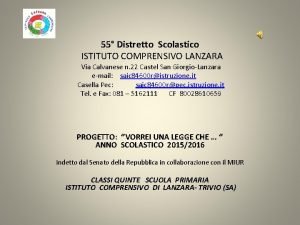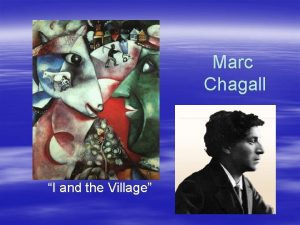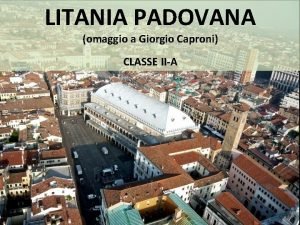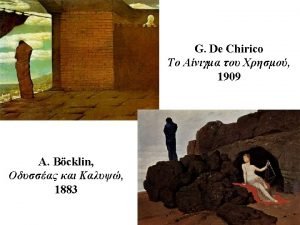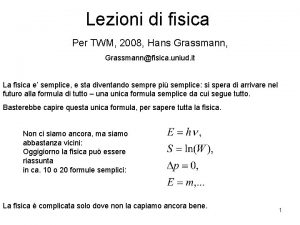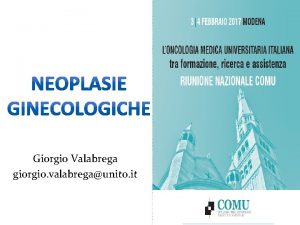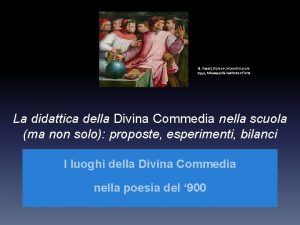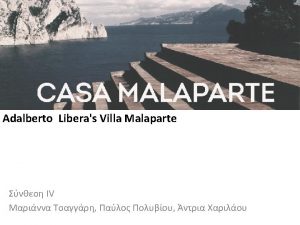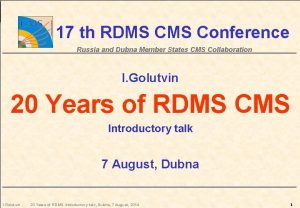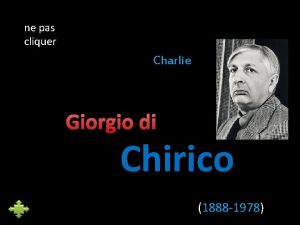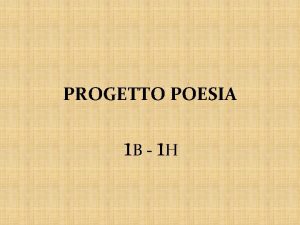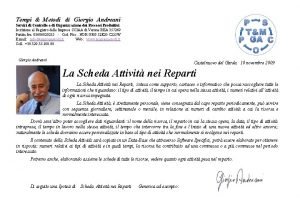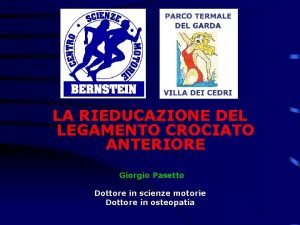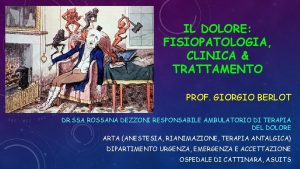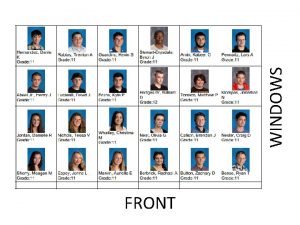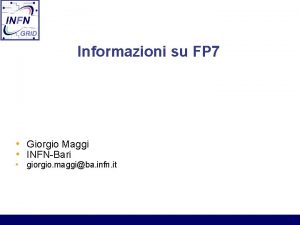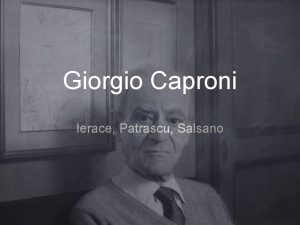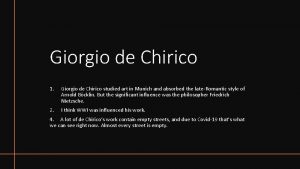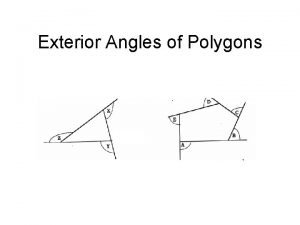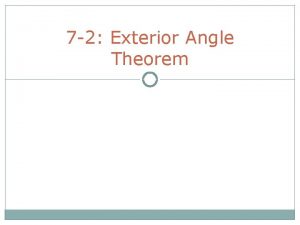MS M 69 cover Exterior front cover Giorgio












































- Slides: 44

MS M. 69 cover, Exterior front cover

Giorgio Giulio Clovio (Croatian: Juraj Julije Klović) (1498 – 1578) was a Croatian Renaissance illuminator, miniaturist, and painter, born in Croatia, who worked in Renaissance Italy. He was also a priest. He is considered the greatest illuminator of the Italian High Renaissance, and arguably the last very notable artist in the long tradition of the illuminated manuscript, before some modern revivals. , קלובי ג'וליו ג'ורג'יו 16 - ה המאה בן , קרואטיה יליד אמן ציירי לגדול נחשב , מאייר , צייר האיטלקי ברנסאנס המיניאטורות Giorgio Giulio Clovio, Self Portrait


The original manuscript was completed in Rome in 1546 for Cardinal Alessandro Farnese (1520– 1589), The original manuscript was completed in Rome in 1546 for Cardinal Alessandro Farnese (1520– 1589) Cardinal Farnese was the grandson of Pope Paul III and scion of one of the most powerful and wealthy dynasties in Italy (he was appointed a cardinal at the age of 14). Exterior cover, Annunciation Archangel Gabriel, winged, raising right hand, holding stem of lilies with left hand. Virgin Mary, decorated nimbus, standing with arms extended, next to draped table, with clawed animal feet, on which is book.

. היפות האומנויות של פרטי ופטרון אמנות אספן , אמנות שוחר שהיה מי פרנזה אלסנדרו הקרדינל עבור הוכן השעות ספר TIZIANO Vecellio Alessandro Cardinal Farnese, 1545 -46 Museo Nazionale di di Capodimonte, Naples Alessandro Farnese (5 October 1520 – 2 March 1589), an Italian cardinal and diplomat and a great collector and patron of the arts, was the grandson of Pope Paul III (who also bore the name Alessandro Farnese), and the son of Pier Luigi Farnese, Duke of Parma. Alessandro Farnese is remembered for gathering the greatest collection of Roman sculpture assembled in private hands since Antiquity, now mostly in Naples, after passing by inheritance to the Bourbon-Parma kings. His generosity towards artists made a virtual academy at the power house he built at Caprarola and in his lodgings at Palazzo della Cancellaria and, after his brother Cardinal Ranuccio Farnese died in 1565, at the Palazzo Farnese. In the Palazzo Farnese the best sculptors worked under his eye, to restore fragments of antiquities as complete sculptures, with great scholarly care. He was also a great patron of living artists. Under the direction of his curator and librarian, the antiquarian iconographer Fulvio Orsini, the Farnese collections were enlarged and systematised. Farnese collected ancient coins and commissioned modern medals. He had paintings by Titian, Michelangelo, and Raphael, and an important collection of drawings. He commissioned the masterpiece of Giulio Clovio, arguably the last major illuminated manuscript, the Farnese Hours, which was completed in 1546 after being nine years in the making (now Morgan Library, New York). The studiolo built to house this collection appears to be the one re-erected at the Musée de la Renaissance, Écouen. In 1550, Farnese acquired a northern portion of Palatine hill in Rome and had Roman ruins from the time of Tiberius at the northwest end filled in, and converted to a summer home and formal gardens. The Farnese Gardens became the one of the first botanical gardens in Europe

The book of hours, illuminated by Giulio Clovio for Cardinal Alessandro Farnese , is the most celebrated manuscript of the Italian High Renaissance In the 1568 edition of his Lives of the Painters, Giorgio Vasari awarded the Farnese Hours highest praise by comparing it to the masterpieces of Michelangelo. The manuscript, he wrote, "was executed by Don Giulio in a period of nine years and required such study and labor that it would never be possible to pay for the work, regardless of the price; nor is it possible to see elsewhere any more strange and beautiful variety than there is in all its scenes. There is an abundance of bizarre ornaments and various movements and postures of nudes, which are studied and appropriately placed in the borders. Such a diversity of things infuses so much beauty into the work that it appears a divine thing and not human … All is executed with such beauty and grace of manner that is seems impossible that they could have been fashioned by the hand of man. Thus we may say that Don Giulio has surpassed in his field both the ancients and the moderns, and that he has been in our times a new, if smaller Michelangelo …"



Michelangelo and Raphael appear to have been Clovio’s main sources of inspiration (Clovio’s sensuous figures recall Michelangelo’s Sistine Chapel ignudi), with Clovio’s Mannerist style also being linked to Parmigianino. וחוה אדם לתמונת המסגרת מן פרטים Details from the frame to Adam & Eve

ECCE VIRGO ( יד , ז )ישעיהו אל עמנו , שמו וקראת , בן וילדת הרה CONCIP… Annunciation Isaiah: Prophecy to Ahaz M. 69, fol. 4 v , fol. 5 r , העלמה הנה


Medallion enclosing six male (? ) figures surrounding altar on which is animal amid flames (Scene, Sacrificial); M. 69, fol. 6 v Bird of paradise

M. 69, fol. 9 v

M. 69, fol. 11 v Medallion enclosing castle or city on rocky outcrop

Visitation -- Elizabeth, wearing headdress, grasps with both hands, right hand arm of Virgin Mary, wearing headdress Justice, as soldier, kisses, and grasps with both hands, right hand of Peace as woman, wearing headdress, grasping his right arm with her left hand.

M. 69, fol. 18 r, Detail, lower margin In lozenge in center of margin, high priest wearing miter and stole crossed on breast, stands flanked by Joseph the Carpenter and Virgin Mary. High priest touches with right hand, right arm of Joseph and Mary clasp right hands in front of the high priest. Six (? ) men and women stand in background below canopy (? ). Border of camaeu including at left, putto behind vase surmounted by fleur-de-lis; unicorn, crouching before back-turned partially nude woman, holding with left hand unicorn's blue collar; putto behind the woman. At right, putto standing behind partially nude female (? ) figure, seated, left hand extended to blue tether worn by unicorn crouching before her; putto behind vase, decorated with figures, from which fleurs-de-lis emerge.

M. 69, fol. 20 v Soldier, holding spear with right hand, stands above coastal landscape with ships in water, protected harbor, city wall on far shore.

. M. 69, fol. 29 r Margins decorated with gold vine scroll and inhabited by monkey and leopard. Text is Hours of the Virgin, Prime

Shepherds: Annunciation M. 69, fol. 30 v, fol. 31 r Augustus: Prophecy of Sibyl


M. 69, fol. 33 r


Circumcision of Christ Baptism of Christ M. 69, fol. 34 v, fol. 35 r

M. 69, fol. 36 v, detail: In lozenge, soldier, raising lance with right hand, and holding reins with left hand, astride rearing horse.

Adoration of the Magi M. 69, fol. 38 v, fol. 39 r King Solomon & Queen of Sheba

M. 69, fol. 39 r, Details

M. 69, fol. 40 v, fol. 41 r

The Escape to Egypt Crossing the Red Sea- The Escape from Egypt M. 69, fol. 42 v, fol. 43 r


Coronation of Virgin Mary Ahasuerus crowning Esther M. 69, fol. 48 v, fol. 49 r

statue of nude man, possibly Apollo, holding lyre with both hands M. 69, fol. 50 v, fol. 51 r Ditails

M. 69, fol. 54 v , fol. 55 r, Annunciation לבתולה הבשורה את לבשר חש גבריאל המלאך הצחור השושן ובידו Archangel Gabriel, raising right hand holding stem of lilies with left hand Virgin Mary




הקודש בלחם ישוע של הפיזית נוכחותו את המציין בחג התהלוכה - ברומא כריסטי קורפוס M. 69, fols. 72 v– 73 r The Corpus Christi procession in Rome At this Litany of the Saints, an immense panorama of heaven and earth swirls around the margins of the golden names. As enacted in Rome, the Corpus Christi procession moves along the lower margin, making its way to the steps of Old St. Peter’s, at far left. The Castello Sant’ Angelo commemorates by firing cannons, at far right. In the upper left margin puffy clouds support the Trinity, surrounded by Apostles and Saints; at upper right heaven continues with the Holy Virgin and all the Virgin Saints. At random intervals, angels flutter and swoop from cloud to cloud.

Personification of death M. 69, fol. 79 v, fol. 80 r Miracle of raising Lazarus

Legend, Dance of Death On horseback and on ground, soldiers, armed with swords and/or shields, in battle with skeletons, one trying to stab soldier with spear, another stabbing horse with spear, and a third extending left hand to soldier, raising sword with right hand, astride leaping horse. At far left, man, wearing hood, stands leaning on staff or crutch, looking on.




M. 69, fol. 112 v Tablet inscribed with colophon IVLIVS CLOVIVS MACEDO MONVMENTA HAEC ALEXANDRO FARNESIO CARDINALI DOMINO SVO FACIEBAT M D X LVI from bottom of frame around tablet hangs medallion enclosing centaur holding shield with left hand, and garland on which is head of goat (mask).

: מקורות http: //en. wikipedia. org/wiki/Giulio_Clovio http: //utu. morganlibrary. org/m 69 http: //de. wikipedia. org/wiki/Stundenbuch_des_Kardinals_Alessandro_Farnese http: //commons. wikimedia. org/wiki/Category: Farnese_Hours? uselang=de פלר אסף : עריכה M. 69, fol. 39 r, Detail

 School magazine contents page
School magazine contents page Esophoria
Esophoria Worth 4 dot test
Worth 4 dot test Heterophoria vs heterotropia
Heterophoria vs heterotropia It can be seen in the front cover
It can be seen in the front cover Pig heart boy book cover
Pig heart boy book cover Q magazine front cover
Q magazine front cover Elle magazine layout
Elle magazine layout Magazine cover conventions
Magazine cover conventions What is the purpose of magazine cover
What is the purpose of magazine cover Codes and conventions of newspapers
Codes and conventions of newspapers Facts about the understory layer
Facts about the understory layer Magazine front cover ideas
Magazine front cover ideas What is wrong with akeer what are her symptoms
What is wrong with akeer what are her symptoms Apa body paragraph example
Apa body paragraph example Hatchet back cover
Hatchet back cover Stationary front drawing
Stationary front drawing Dead front vs live front transformer
Dead front vs live front transformer Vitreoschisi
Vitreoschisi Istituto comprensivo di lanzara
Istituto comprensivo di lanzara Marc chagall and giorgio de chirico
Marc chagall and giorgio de chirico 1941-1882
1941-1882 Caproni litania
Caproni litania 5000794318
5000794318 Piazza d'italia giorgio de chirico analysis
Piazza d'italia giorgio de chirico analysis Barbara giorgio psychologist
Barbara giorgio psychologist Giorgio ghelli
Giorgio ghelli Da vinci de giorgio
Da vinci de giorgio Giorgio cannavicci
Giorgio cannavicci Giorgio ganis
Giorgio ganis Giorgio letta
Giorgio letta Giorgio donnarumma
Giorgio donnarumma The secondary winding of a pth
The secondary winding of a pth Valabrega candiolo
Valabrega candiolo Giorgio gribaudo
Giorgio gribaudo Giorgio borghini
Giorgio borghini Vasari sei poeti toscani
Vasari sei poeti toscani Villa malaparte giorgio ronchi foundation
Villa malaparte giorgio ronchi foundation Giorgio brianti
Giorgio brianti Giorgio di chirico
Giorgio di chirico Poesia con onomatopee
Poesia con onomatopee Giorgio andreani
Giorgio andreani Pasetto giorgio
Pasetto giorgio Giorgio cagni
Giorgio cagni Equianalgesia tapentadolo morfina
Equianalgesia tapentadolo morfina



















